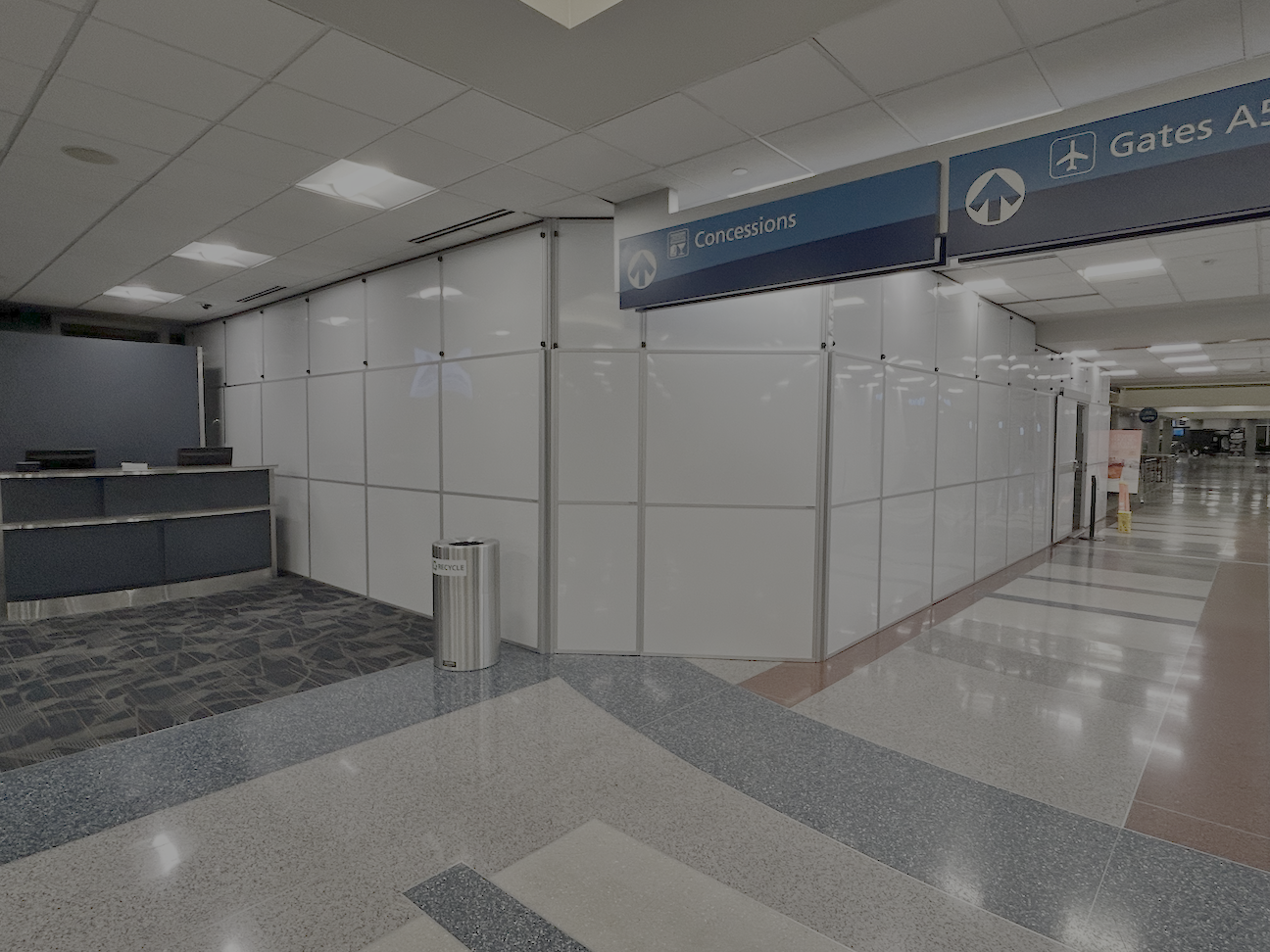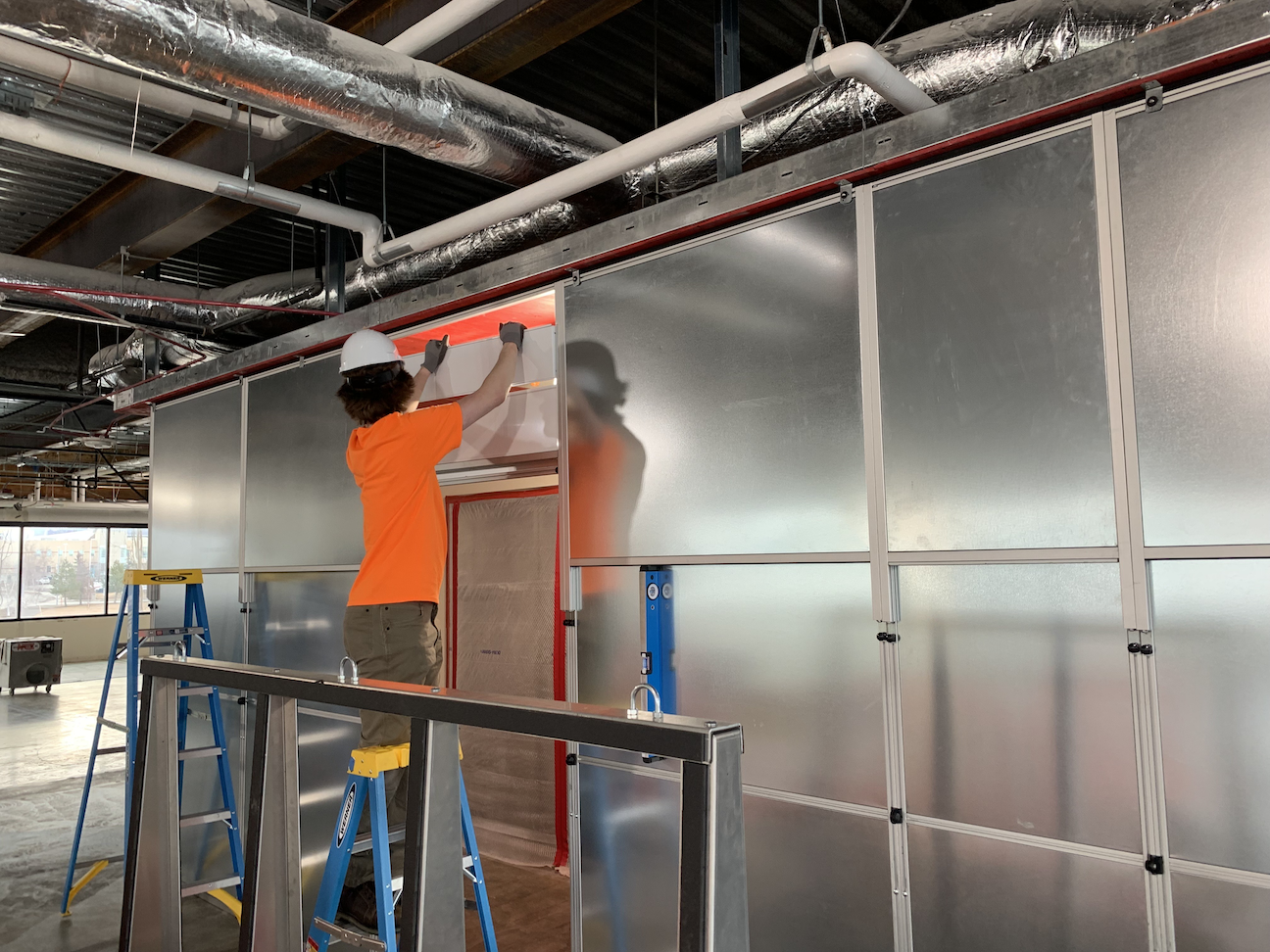In the dynamic world of construction, understanding the importance of sustainability is crucial for steering construction projects toward an environmentally conscious future. TWS, as a company, is dedicated to helping reshape the construction industry with greener methods and more sustainable solutions, such as integrating sustainable wall systems.
Construction companies that prioritize sustainability in projects help the environment and economy by preventing unnecessary resource waste or consumption.
In this article, we will discuss eco-friendly materials and sustainable construction techniques that will minimize construction waste, help save the environment, and build a more sustainable future.
The Importance of Sustainability in Construction Projects
The construction industry plays a significant role both in the economy and the environment. Being a key player in the economy, the sector annually produces structures valued at nearly $2.1 trillion. However, it is accountable for 40% of the planet’s carbon dioxide output and 30% of global energy use. Efficient management of resources and sustainable construction methods are imperative for reducing the environmental impact of construction projects while maintaining their economic significance.
Sustainable Construction Materials
A key aspect of implementing sustainability in construction lies in selecting materials. Here are some of the types of construction materials and their examples.
Recycled Materials
Any construction product or material that has been utilized in a prior project is considered a recycled building material.
Examples include:
- Recycled Plastic
- Adobe Brick
- Reclaimed Wood
- Recycled Rubber or Tires
- Recycled Glass
- Recycled Steel
- AshCrete
- Ferrock
Renewable Materials
Renewable materials are crafted from natural resources that have the ability to replenish themselves over successive generations.
Examples include:
- Straw Bales
- Cordwood
- Bamboo
- Sheep’s Wool
- Mass Timber
- Mycelium
- Cork
- Hempcrete
- Stone
Low-impact Materials
Low-impact materials are similar to recycled and renewable materials. By combining recycled materials from both non-renewable and renewable sources, we can reduce the environmental impact.
Examples include:
- Laminated or mass timber
- Cob
- Cork
- Adobe Brick
- Mycelium
- Plant-Based Polyurethane Rigid Foam
Techniques for Sustainable Construction
Sustainable construction involves more than just the materials chosen for projects. It also embraces specific techniques and methods known to be environmentally conscious, contributing to overall sustainability. Here are some below:
- Prioritize “sustainability” as an integral part of any construction project.
- Reuse modular wall systems as an alternative for temporary construction walls.
- Use solar power to reduce energy expenses and lessen carbon emissions.
- Source materials from trusted suppliers that adhere to sustainability practices.
- Plan work and delivery schedules efficiently to cut down on trips to and from the site, ultimately lowering CO2 emissions generated by transportation.
- Manage waste effectively by segregating and recycling waste.
- Reduce the use of fresh water at the construction site by recycling it through water treatment.
- Rather than using paper, invest in construction scheduling software that allows task scheduling, cost of expenses analysis, and project progress tracking.
TWS: Adhering to the Culture of Sustainability
Temporary Wall Systems (TWS) is committed to reshaping the construction industry by integrating greener, environmentally friendly, and sustainable ways through our temporary wall solutions. Our company puts sustainability at the center of our work so that we can build a more sustainable future.
Below are the sustainable benefits to using our modular wall system:
Reusability
Our wall system is 100% reusable and designed to fit many different use cases. These reusable wall systems significantly reduce the carbon footprint rather than disposing of them after one use.
Rentable
Unlike their traditional counterparts, our temporary wall systems are offered on a rental basis. Our team will survey the job site and construct the walls for you. When you no longer need the walls, our team will come back and remove them for you.
Low Waste
Our durable and reusable temporary wall solutions already have the walls pre-built that don’t need more materials to construct. They are portable and can easily be configured to fit your project’s size and area.
Examples of Sustainable Projects
From LEED-certified buildings that set the gold standard in eco-friendly construction, to net-zero energy projects revolutionizing energy efficiency, and green infrastructure initiatives harmonizing nature with urban development — here are examples of sustainable projects below.
LEED-Certified Buildings
Recognized worldwide, LEED (Leadership in Energy and Environmental Design) is the foremost green building rating system. Applicable to a diverse range of building types, LEED offers a blueprint for creating environmentally friendly, efficient, and economically viable structures. Here are some examples of LEED-Certified projects:
- AC Hotel Riga by Marriott
- Boston Public Market
- NewYork-Presbyterian David H. Koch Ctr
- The Bryant School Redevelopment
Net-Zero Energy Projects
Net Zero pertains to minimizing greenhouse gas emissions linked to resource consumption, striving to bring them as close to zero as possible across various resource types. These resources include energy, water, and waste. Here are some examples of Net-Zero Energy projects:
- The National Renewable Energy Laboratory (NREL) Research Support Facility
- Phipps Center for Sustainable Landscapes
- Walgreens
- Wayne Aspinall Federal Building & U.S. Courthouse
Green Infrastructure Initiatives
Green infrastructure employs natural elements such as plants, soil systems, and permeable surfaces to manage stormwater impact, reducing water flow into sewers or surface waters. It includes rain barrels, tree-lined streets, and larger projects such as open park spaces and wetlands. Here are some examples of Green Infrastructure Initiatives projects:
Conclusion
In conclusion, sustainability is paramount for the construction industry due to its significance in the economy and the environment. With the construction industry contributing substantially to the economy and the significant environmental responsibility, prioritizing sustainability in construction projects becomes a crucial strategy, preventing unnecessary resource waste and consumption.
As we highlighted in this article, incorporating eco-friendly materials and sustainable construction techniques is essential for minimizing construction waste, fostering environmental preservation, and ultimately building a more sustainable future.



